Content marketing is the preferred strategy of brands looking to increase inbound traffic and reach. Building a good content post in a single effort ensures long-term traffic. If you are looking to implement a content marketing strategy, keep an eye out for the following big content marketing trends.
These trends will assist you in developing a content marketing plan and setting your company on a growth path.
1. Documented Content Marketing Strategies

When more small businesses turn to eCommerce as their primary method of doing business, it’s becoming more important to develop well-organized and recorded content marketing strategies.
One of the main differences between the most successful and least successful companies, according to content marketing research, is the use of recorded content marketing strategies.
And today, content copywriting and delivery are done on the fly by business owners. They have hazy ideas about the type of content they’ll produce, and many don’t use content marketing calendars or social media tools to aid their marketing efforts.
Follow these steps to build a more streamlined and documented content marketing plan for 2021:
- Establish a specific objective, such as enhancing the brand’s reputation, increasing sales, and so on.
- With touchpoints, you can build full customer journeys.
- Create customer avatars to get a better understanding of your business.
- For social media, advertisements, email newsletters, and blog material create an editorial calendar.
Your messages would be more consistent if you have a well-organized content marketing plan. You’ll also be able to track the results of your efforts. You’ll feel in charge and have a consistent vision for your marketing strategies if you have a recorded and organized approach.
Also Read: 7 SEO-Friendly Content Writing Tips to Outrank Your Competitors
2. Live Video

While pre-recorded videos are cleaner and more edited, they do not generate the same level of interaction as live videos.
Even if you’re broadcasting to a large audience, your audience’s perception of live videos is similar to making a personal video call with another person. When considering why and how to improve your live video content strategies, there are many factors to consider.
Here are some important things to think about:
- Mobile use is at an all-time high, with 5.11 billion active users worldwide. Video is the most user-friendly content format for mobile devices. Creating live videos provides a fantastic mobile experience for your users and is easy to consume.
- Short and impactful videos will continue to matter in the future, as evidenced by the popularity of apps like Snapchat and Tik Tok, especially among the younger generation.
- Today, everyone can create content. Videos shot on a smartphone propped up on a car dashboard can be just as powerful as those shot in front of a green screen. When filming live videos, don’t be afraid to use more casual backgrounds or ones that represent your actual working environment.
Different types of live videos exist. You can broadcast live webinars and other activities to your audience directly from virtually any social media site. The type of live content you produce will be influenced by your industry and whether your consumers are B2C or B2B.
Take these considerations into account when creating live video material.
3. Featured Snippets

Featured snippets are information boxes that appear at the top of a search results page. It helps users to get nearly complete answers to their questions in a single glance.
Ranking at the top of a search engine results page will increase traffic and affirm your website’s domain authority.
Implementing a featured snippet should be an integral part of your content marketing plan. There’s no way to know how Google rates and chooses which websites to display as top results, but the tips below can help. You’ll also make more user-friendly and Google-friendly web content in general.
- Make the content easy to read by structuring it. Quick paragraphs, headlines, and succinct sentences are all good ideas.
- Respond to a particular query and create step-by-step posts to fill a need.
- Use structured data, such as Schema.org markups, to help Google better understand your content.
While landing a featured snippet spot doesn’t guarantee more clicks to your site (because people get all the details they need from the result), it’s the way Google operates these days. Obtaining the top spot would help to improve your brand’s reputation as well as your website’s overall performance.
4. Dynamic Web Stories
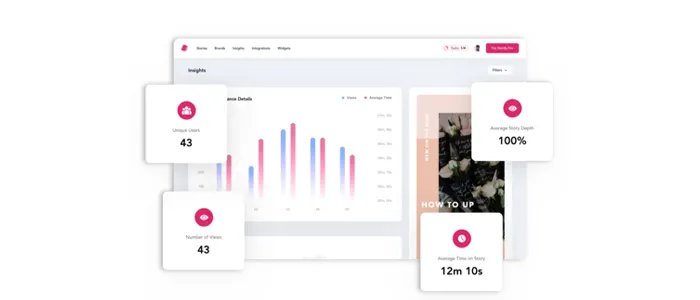
Stories are a common social media feature that allows users to create vertical videos or photos that vanish after 24 hours. They’re mobile-friendly formats that take advantage of a phone’s shape and functionality to make it easier for users to consume and communicate with content.
The web-based edition of social media stories is known as web stories. They create highly interactive content by combining pictures, videos, text, animation, and audio. By tapping and swiping on your phone, you can communicate with them. They can be found on Google Images, Discover, and smartphone searches.
Using Google’s free story creation website, you can easily create web stories. You can also use its plugin to create content for your site that tells a tale. You can create attractive ‘cards’ with a profile picture, your logo, title, and publishing information using these tools.
This can also be used as an advertisement format to provide the viewers with immersive experiences.
5. Mobile Experience

With billions of people relying on their mobile phones for details, it’s critical that you improve your site’s mobile experience.
Google now prioritizes mobile versions of your site in its indexing, making your mobile site a key ranking factor. As a result, it’s important to use mobile-friendly themes and ensure that your site loads in three seconds or less.
To provide better mobile experiences for your users, use UX concepts, prioritize content, and make navigation on your site easier.
6. Focus on Values

Businesses must now, more than ever, be attentive to their customers’ needs and listen to what they have to say. Customers must rely on principles such as honesty and openness as they struggle with ambiguity in their everyday lives.
You will need to establish a trustworthy online presence so that your audience believes in you and your products.
Here are many ways that we’ll see messages from businesses take shape the next year:
- A greater focus on saving money
- Communicating low risk through trials, solid refund plans, and risk-free guarantees
- Reducing ad messages that encourage compulsive spending and splurges
Businesses will benefit in the coming year by emphasizing their community-building activities and the service they provide to their staff and customers.
Being aware of the current challenges that people face will help you create content that is thoughtful and useful to customers.
Another effective content marketing strategy is to use marketing contact to evoke emotions. In a digital world where you’re competing with a lot of other companies for your users’ attention, emotions are the most effective way to get their attention. You’ll develop a content strategy that generates an emotional reaction to your marketing efforts as you construct your content around values that matter.
Also Read: Why digital marketing is important to your business
7. Online Courses

As a result of the pandemic, we should foresee an increase in the number of online courses in the coming year. To make a living, educational institutions and professionals such as coaches and trainers in various industries must now build virtual classes. People who have lost their jobs or who work from home are searching for opportunities to develop their skills.
Using a plugin or an online course framework to create online courses is a powerful way to create useful content. To train their staff, 41.7 percent of Fortune 500 companies use online learning platforms. You can also use it to provide more value to your customers by delivering knowledge in a more engaging manner.
SEMrush and Moz, for example, offer online courses that teach their audience more about SEO. These benefit users in many ways, the most important of which is that they now understand how to use these resources to boost their website rankings. As a result, they’re more likely to stick with these networks in the long run.
Consider creating an online course to help your audience develop a new skill or gain a better understanding of your industry. You can build goodwill by giving it to them at a reduced price or for free, and you’ll be able to develop a community around your product.
8. Repurposed content will drive new and reoccurring website traffic
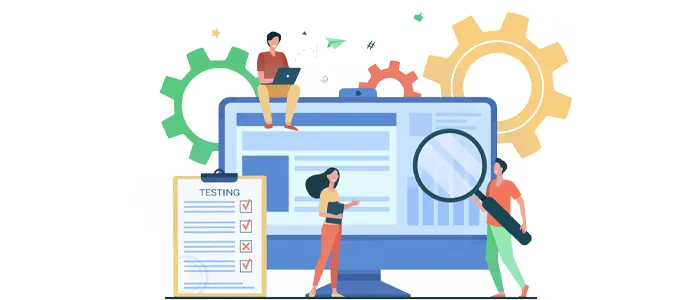
Marketers continue to use content repurposing as a tool to cut content creation costs and improve efficiency over time. As a result of the pandemic, brands will need to repurpose a lot of their pillar content in 2021 to represent the current product/service environment.
9. AI-created content will become more popular

We will see an increase in the use of AI content production as advertisers are forced to do more with less. However, since AI content development is still in its infancy, marketers can need to devote more time to editing AI-powered copy than they would to traditional blog posts. However, the cost savings realized by deploying AI-powered copy would encourage widespread adoption across industries.
Also Read: How to Secure Your E-Commerce Website
10. Content will focus on solving problems and drive users to brands’ product and services
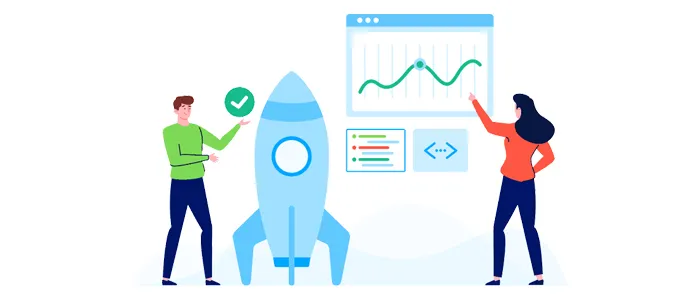
We expect brands to focus on building confidence and reputation by providing insightful content around how their goods and services can mitigate consumer pain points as intent-driven search becomes a driving force for SEO in 2021. As users move through the purchasing funnel, user-generated content and feedback gain more popularity, product-driven search is becoming more prominent. A product-driven content strategy would allow brands to highlight their products and capture a greater share of search traffic that would otherwise be redirected to review sites and competitors.
Final Thoughts
Marketers will fine-tune and tweak their current experiential advertising strategies to better suit their consumers’ needs in 2021, rather than revolutionizing content marketing. According to HubSpot, 47% of marketers have seen a rise in website traffic since COVID, suggesting increased content consumption. Customer behavior in 2020 offers us a preview of what companies can expect in the coming year.
Marketing executives, on the other hand, would need to find ways to motivate their employees, bring their organizations together, and synchronize their content and design strategies if they are to succeed. We expect further online growth in 2021, as well as team alignment as a key metric of progress. In the year 2021, here’s to delivering exceptional value through content!




















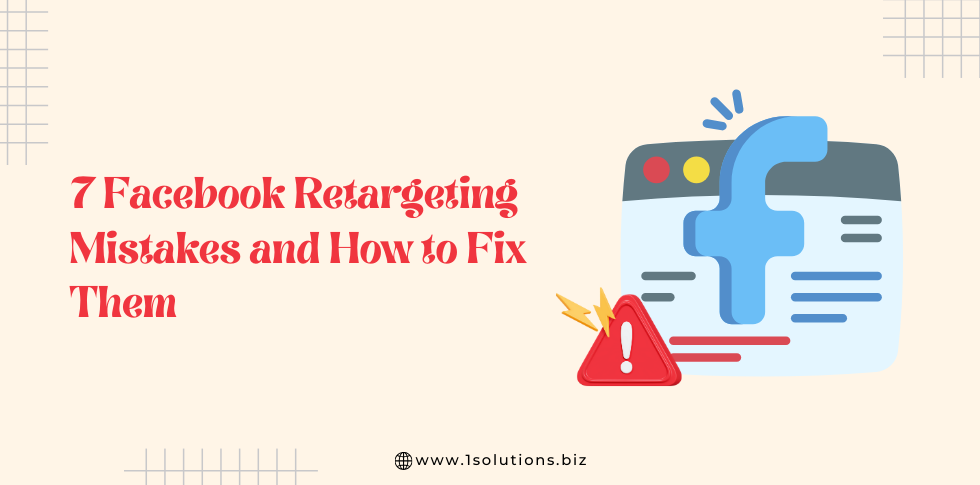

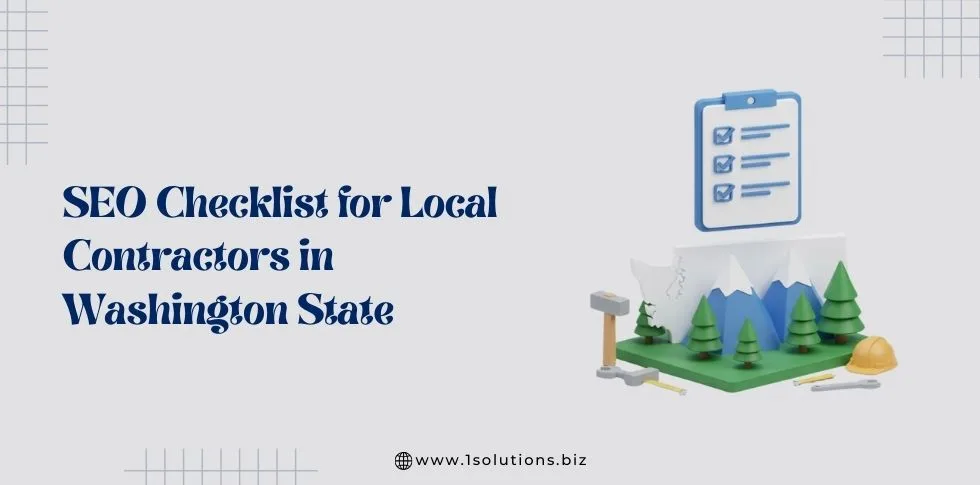



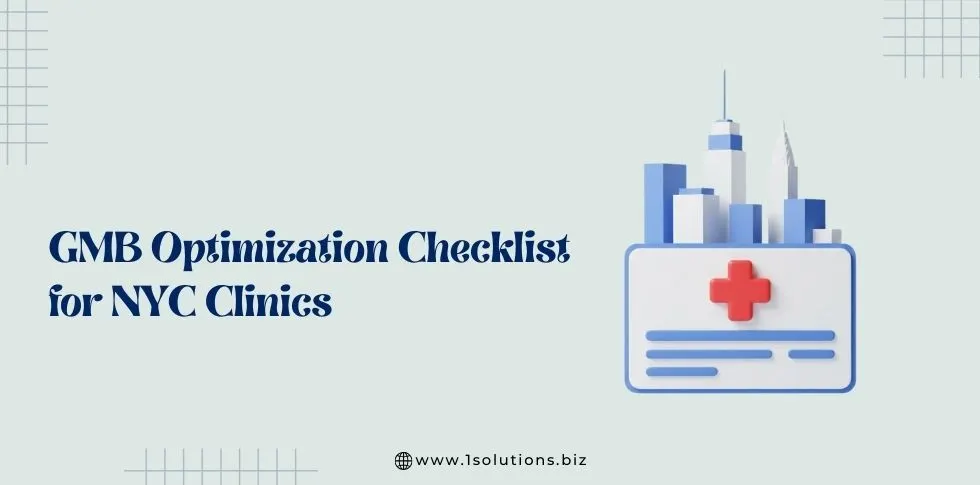




 in India
in India